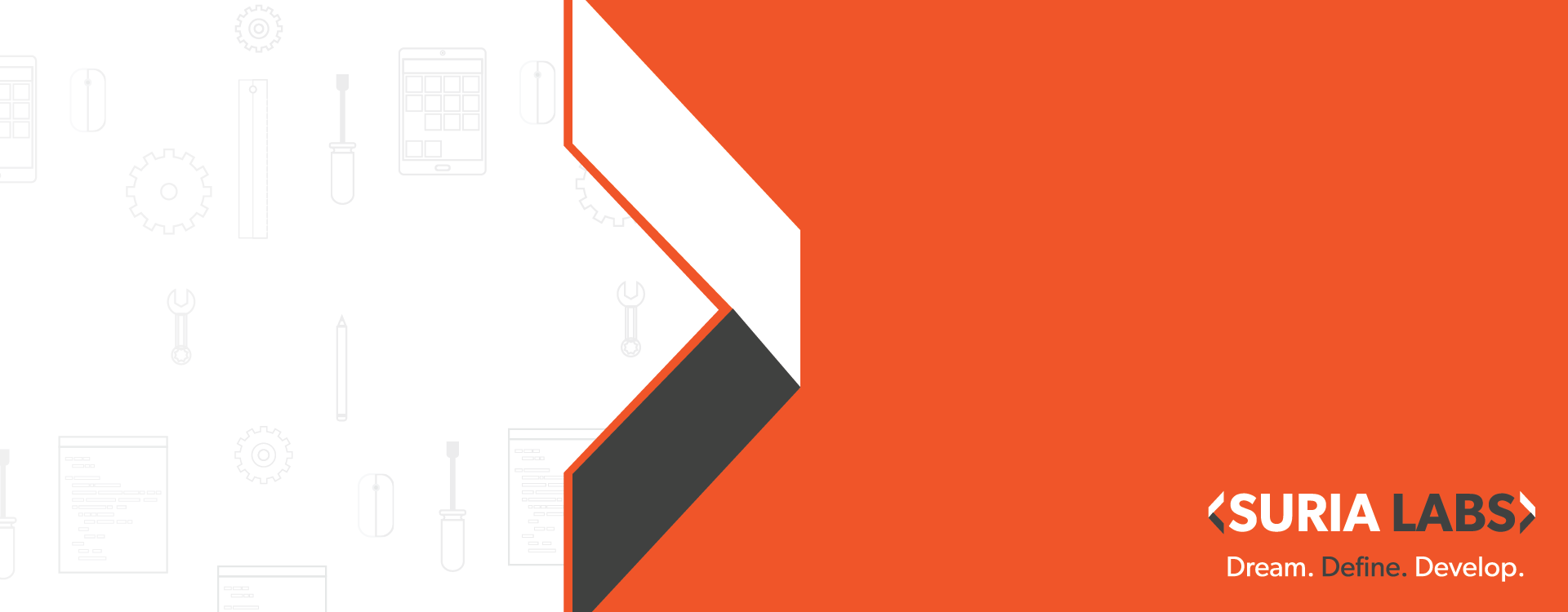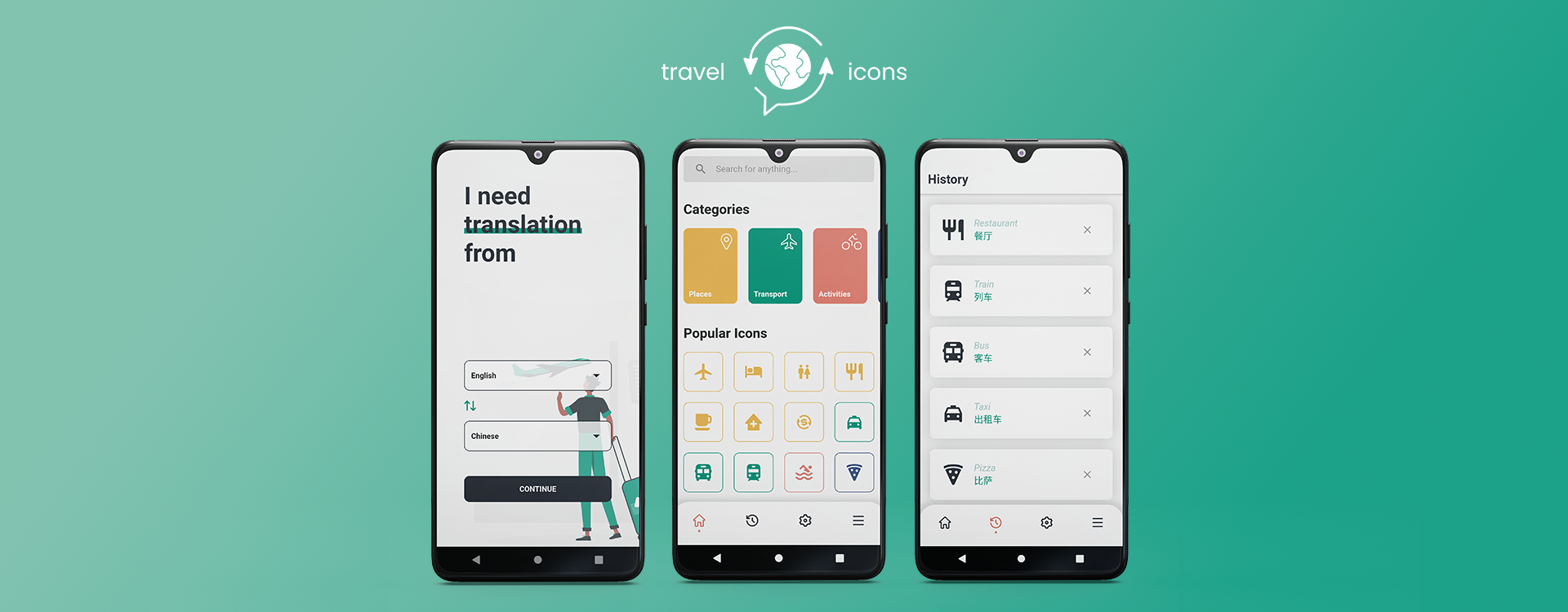We answer everything you need need to know before we work together on a project.
Here are some of the most frequently asked questions, but if you have a specific enquiry, please do get in touch ([email protected]) and we’ll be more than happy to answer any of your questions.
Are all your developments handled in-house?
Yes. All our development work is done in-house. During our early days, we had outsourced some design and Android development work. However, we’ve built up our design capabilities and have migrated to using React Native. So we have all the expertise we need in-house now.
How many people are on your team? What are their backgrounds?
As of today (24th May 2018) we are 28 people in total, 21 of whom are developers. As you might expect, we have the IT graduates, but our backgrounds are from all over really. We have developers who studied Engineering, Accounting, Business and Law. Some have previously worked in corporate firms such as EY, PWC, DiGi, Maybank, HSBC and Oracle, bringing in experience from a wide range of industries.
What is your approach to a good web/app design?
Collaboration. There are a hundred different designs that would suit any app you would want to build. Apart from some basic design best practices, what determines a good design is whether you like it or not. So we design in iterations allowing for frequent collaboration and ease of change, so you get exactly what you had envisioned.
What do you specialise in?
We use an array of web front end technologies, but primarily for back end we use Ruby on Rails and for Mobile front end, we use React Native. So whatever background our developers come from, they’ll end up specializing in one more more of these technologies.
Our unique selling point is our expertise and emphasis on code quality. Oddly enough, practices such as Test Driven Development, Continuous Integration and peer review, are not common among development agencies. These practices though, along with other code quality tools, are an integral part of our development process.
What’s your design process like?
Initially, we run a Design Collaboration Exercise (DCE), where we have a high level wireframe prepared and we go through it with you to discuss what each page would look like. We also discuss branding, colours, logos and styles. DCE’s typically last from 4-8 hours. With this feedback, we come up with a finalized wireframe, and our team of designers simply have to skin it.
Designs are released iteratively throughout the project. We use InVision as our collaboration tool, so we are able to obtain very precise feedback from clients virtually in real-time.
How long does it take to develop a project?
We have done projects that have lasted 2 weeks to 2 years. It really depends on the scope of the project. Although in Agile development, as cliche as it is, we always encourage our clients to “Release Early, Release Often”. In a nutshell, this means that if you don’t want to be developing features that users don’t need or want. And the only way to find out what users want, is to release it.
If I was pushed to a corner, in general, the first release of the MVP should be anywhere from 1 – 3 months if possible.
What sort of services do you offer?
Our services fall under 2 main categories- development and consultation.
Development is simple- we design and build apps. Whether that’s turnkey projects, or you want us to augment your existing team or take over the development of your existing product.
Requirements Engineering Workshops (REW) fall under our consultation arm. The workshops are designed to turn your ideas and napkin sketches into development ready blueprints that can be understood and utilized by any Agile development shop- we typically run these workshops with early stage tech startups.
We have also done systems architecture consultation for bigger players such as KFit and Fave to solve their scalability problems. And our biggest consultation project was with Telekom Malaysia during the development of the “i-FoundIt!” app. We were engaged for 6 months to lead the app front end team but also to provide Agile & Scrum coaching.
Are there any licensing fees involved?
Typically, we don’t do licensing deals. We do, however, have a couple of internal projects in progress, which we plan to white label and license out. So keep a watch out for that!
Do I get a warranty for the finished product?
In our estimates, we always include buffer time for bug fixes. For clients that do not have their own development team, upon the close of a project, they tend to opt for a maintenance agreement, where they purchase maintenance hours per quarter, or single Sprints.
We don’t have any official warranty for finished products. We do what we can to produce a robust app, but we would encourage anyone who engages us to subsequently hire their own developers, or sign an ongoing maintenance agreement upon project completion, as there is no such thing as a bug-free app.
What are your pricing based on?
Hours. Being Agile, we don’t believe in fixed priced projects. We estimate beforehand how long a project will be and we quote our price based on the number of developer and design hours that will be required. We do offer discounts to clients that commit to 12 month contracts though.
Am I allowed to make changes after the completion of a project?
Absolutely. The essence of Agile Software Development is iterative/incremental development in order to support and adapt to changes even in the later stages of the project or post-release.







